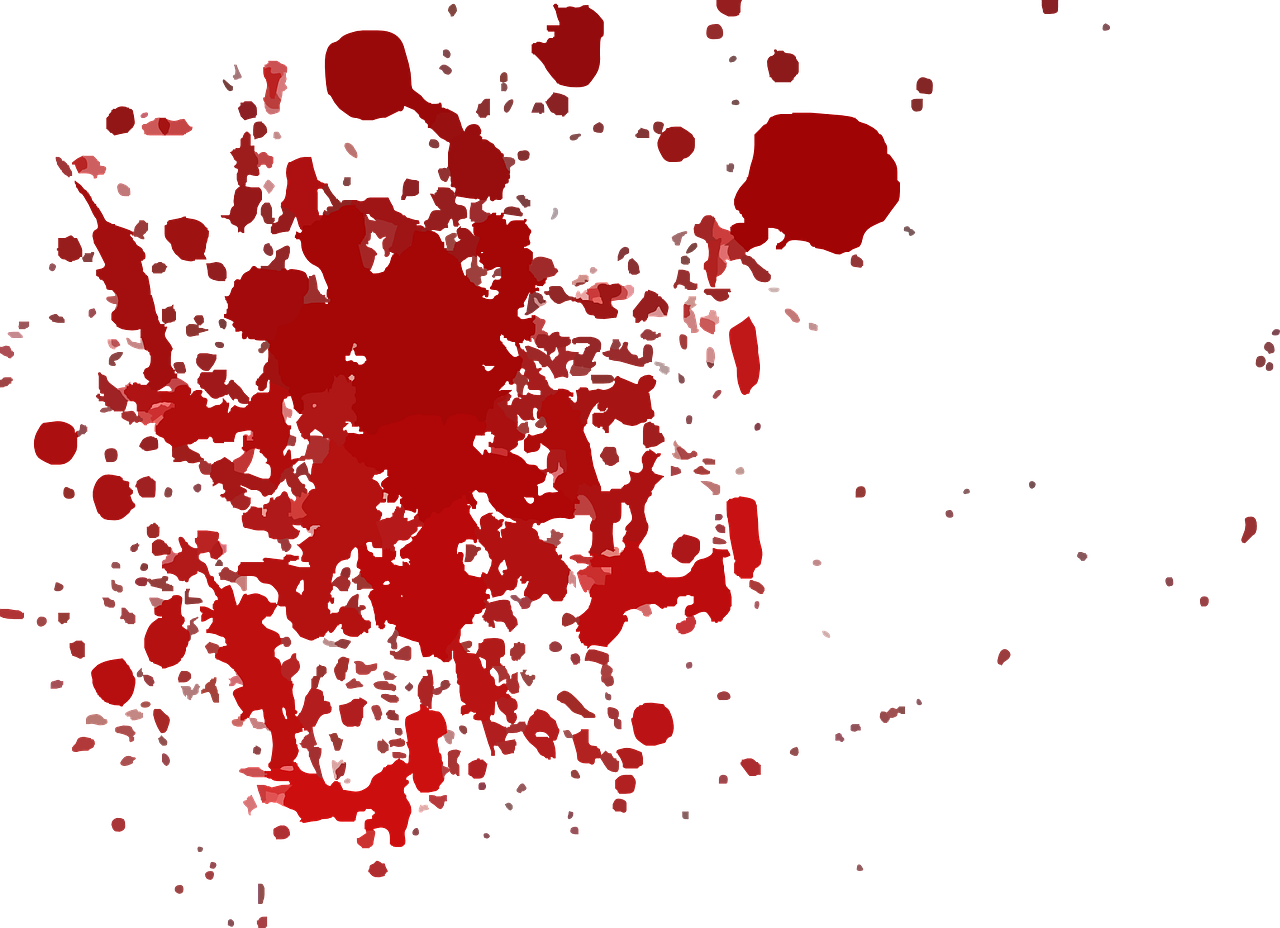You are a collection of clones
/Every cell in your body has almost the same DNA as all the others. Mutations accrue with each cell division, so swaths of tissues can be traced back to the same parent cell because they all share the same distinguishing mutations. The patches of more closely related cells are clones, specifically “somatic clones” because they are all in the same body. The importance of clonal variation within individuals is becoming more explicitly recognized, but we have been worrying about them for a long time: cancer is what we call the unregulated growth of somatic clones. Detecting somatic clones before they become diseased is getting easier and we are beginning to understand the processes that help keep abnormal clones in line. Hopefully this shift in perspective will help medicine advance and help people to live longer and healthier lives.
For a good introduction to somatic mosaicism, written for a very broad audience, there is an excellent article, in the New York Times by Carl Zimmer.
For more advanced reading, here is a recent article from Science describing how gene expression analyses were used to show that large clonal populations are spread across essentially all normal healthy tissues, but the most mutations were found in the skin, lung, and esophagus—potentially explaining why these tissues are so prone to cancer.
Yizhak et al. (2019) RNA sequence analysis reveals macroscopic somatic clonal expansion across normal tissues. Science
Here is a review article on how neighboring cells with different mutations compete with each other and how this kind of battle contributes to cancer.








